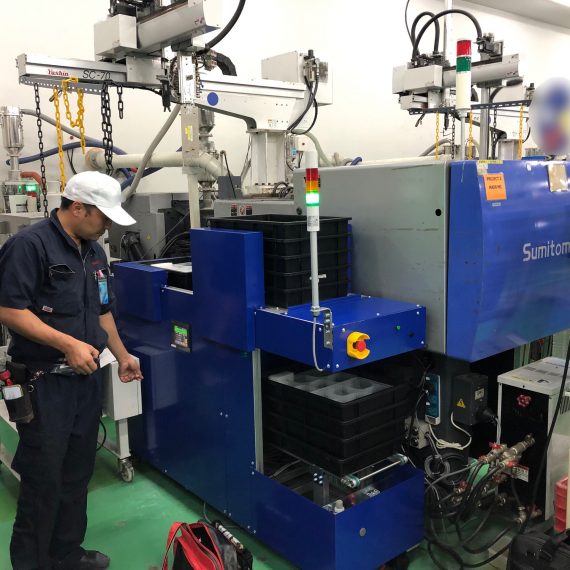🔩 Metal Scrap Conveyor Solution for CNC & Industrial Workshops
In CNC machining, turning, milling, stamping, and cutting workshops, a large volume of metal waste (chips, shavings, scrap) is generated daily. Manual collection is labor-intensive, unsafe, and unhygienic.
A metal scrap conveyor system is the ideal automation solution for collecting and transporting metal waste—reducing costs and optimizing production efficiency.
🔧 Key Functions:
-
Collect metal chips and machining scraps (turning chips, milling chips, cuttings, fragments) from machines to the conveyor
-
Transport scraps to storage bins, crushers, or collection areas
-
Enable continuous, automated scrap handling without production interruption
-
Minimize risks of injury caused by sharp metal fragments
⚙️ Reference Technical Specifications:
-
Frame: Heavy-duty steel or stainless steel 304
-
Belt type: Hinge belt, chain conveyor, or scraper conveyor
-
Motor: Integrated geared motor, 0.75–2.2kW depending on load
-
Optional add-ons: Bin full sensors, scrap hoppers, built-in oil filtration system
-
Configuration styles: Inclined, Z-shape, recessed floor pit, etc.
🏭 Widely Used In:
-
CNC turning & milling workshops
-
Sheet metal stamping and cutting lines
-
Aluminum or plastic injection molding machines
-
Precision engineering and mold fabrication factories
-
Automotive and motorcycle parts manufacturing plants
✅ Benefits of Implementation:
-
Boost productivity and reduce manual labor
-
Keep production areas clean and improve equipment maintenance
-
Enhance workplace safety by reducing slip and cut hazards
-
Seamless integration with chip crushers, oil separators, or briquette systems
-
Contribute to a safer and more eco-friendly production environment



